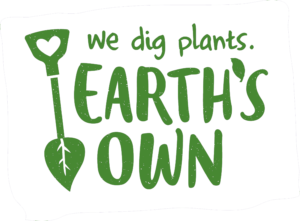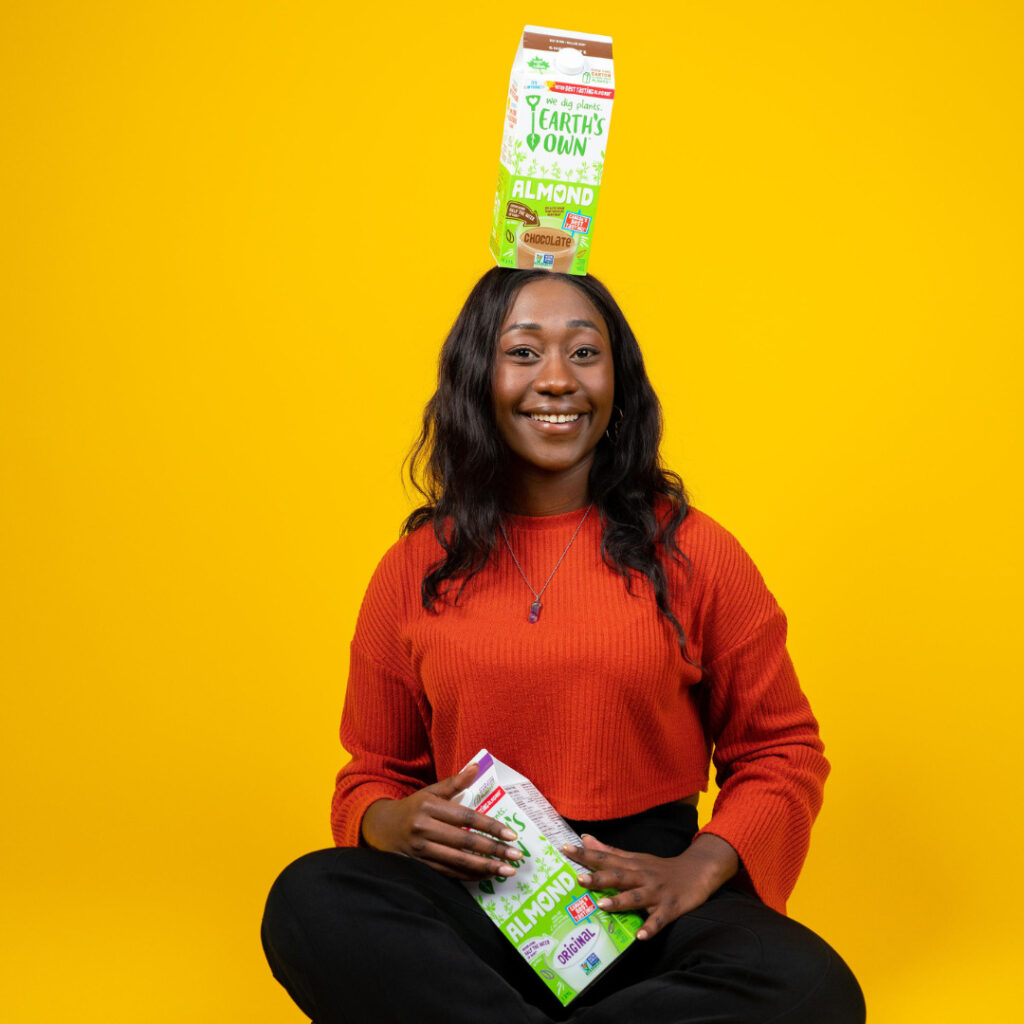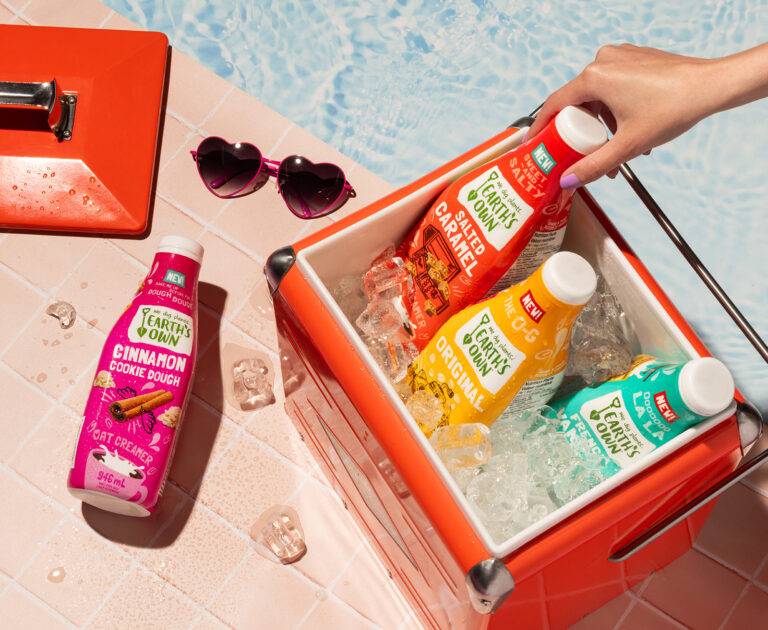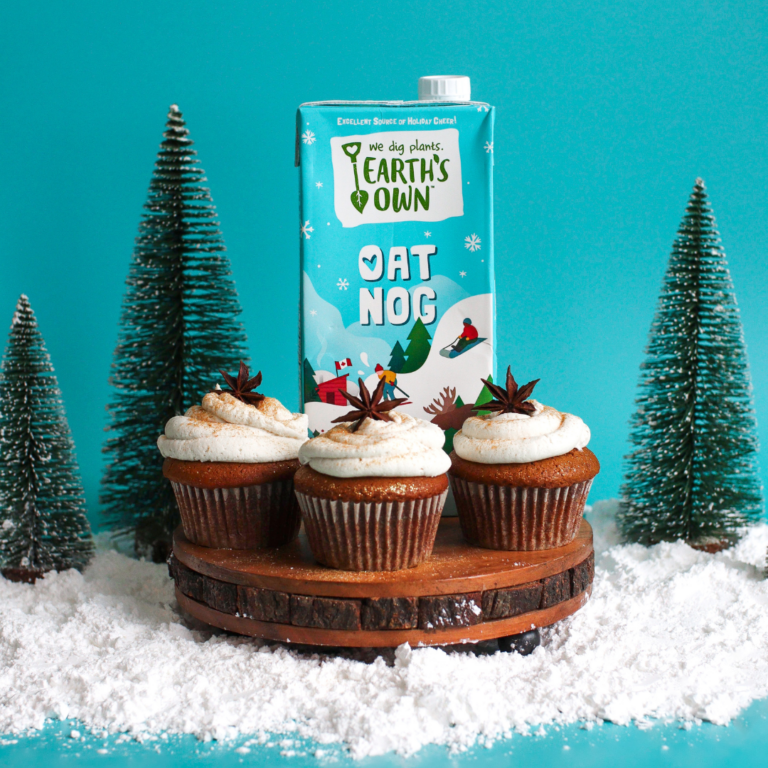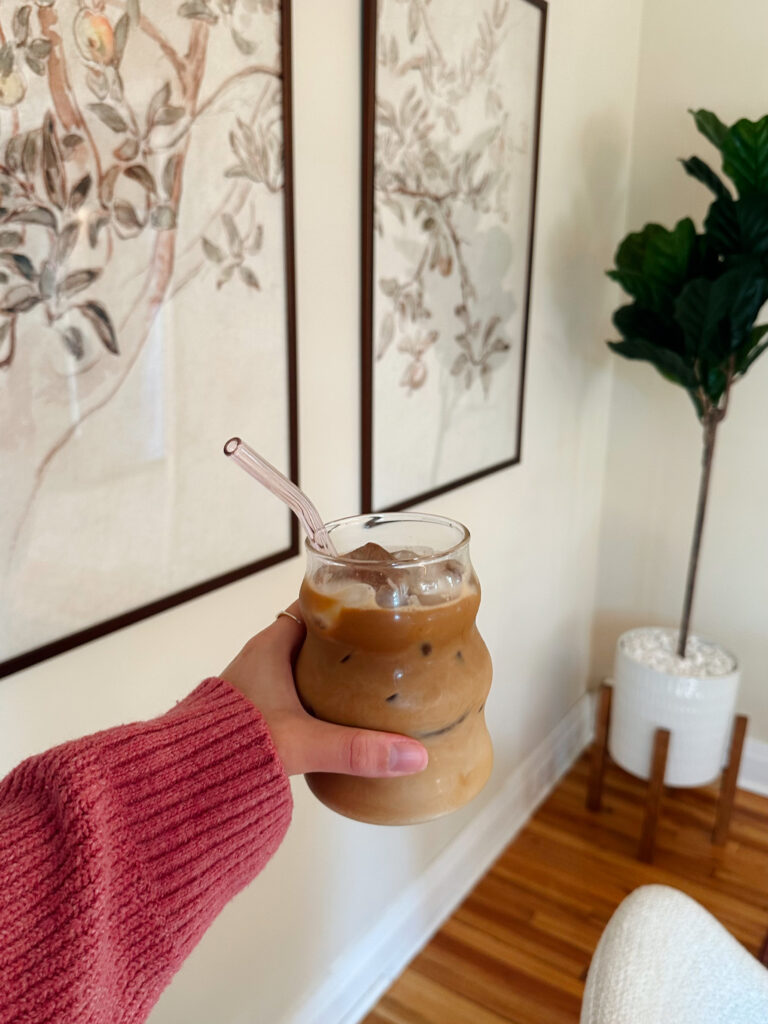Quick question: in your lifetime, how many plastic toothbrushes have you used? If it’s too many to count, you’re not alone. But, like, did you know that every toothbrush made since 1930 still exists today?
Yup, every toothbrush you’ve ever owned is sitting somewhere on our Earth. And if we all don’t do our part to reduce our waste, by 2050 we will have more plastic than fish (by weight) in our oceans.
The super good news? You don’t have to do one-hundo-p zero waste to make a difference! It’s about all of us doing it imperfectly versus a few doing it perfecto.
So we reached out to one of our Earth’s Own Plant Project winners who knows a thing or two (or more) about lowering one’s waste. Marissa from Eat The Dishes is here to help you with her top tips!
Start with Why
The reasons for shifting to a lower waste lifestyle are numerous, from preserving our land to keeping plastic out of our oceans and out of the bellies of animals. Do a little digging and find a reason that really resonates with you. You’re likely to commit to change if you really believe in the purpose behind it. I recommend the book Zero Waste Home by Bea Johnson as a place to start.
Make smart swaps!
First, use up any remaining single-use products you have on hand, such as disposable shampoo bottles, plastic toothbrushes, individually wrapped tea bags, etc, and then slowly make the switch to an eco-friendly alternative.
It’s a lot easier if you swap one item at a time as you need ‘em than if you try and do it all at once.
Where I live, in the Greater Vancouver area, we’re super lucky to have package-free grocery stores and refill shops like The Soap Dispensary, Nada, Refill Road, and Bulk Barn. If you don’t have a store in your area that makes low-waste shopping simple, there are heaps of habits that’ll help change your normal shopping routine into a lower-waste wonder.
Master the low-waste grocery shopping routine!
Most single-use items and plastic packaging find their way into our landfills through our grocery carts. If you happen to live next to a package-free grocery store or farmer’s market, great! However, if not, don’t despair. You can still shop low-waste! A key to tackling waste at the grocery store starts first with making a rough weekly meal plan. Outlining all the items you’ll need for the week ahead makes it easier to choose lower-waste versions and also cuts back on unnecessary food waste. Make sure to pack cloth bags, and reusable produce bags (or opt to put fruit and veg straight into your cart, avoiding a bag altogether). Choose bulk bins for your dry goods to save on packaging (and money)! If you do need items in packaging, choose recycled materials, cardboard, or aluminum if possible. If you can walk or bike to buy your groceries, bonus eco-points for you!
Eat more plants!
It takes 100-200 times more water to create a pound of beef than it does a pound of plant food, which is only one example of why shifting to a plant forward diet packs the biggest punch when it comes to living light on waste. Start small if need be, focusing on how to incorporate more plants one meal at a time; a handful of berries and oat milk instead of dairy milk in your morning cereal is a delicious and easy way to begin! There are tons of free online resources, recipes, and tips to put you on the path to plantiful success!
Be gentle with yourself!
As zero-waste chef Anne-Marie Bonneau famously said: “We don’t need a handful of people doing zero-waste perfectly. We need millions of people doing it imperfectly”. Start small. If you can imagine every plastic toothbrush in your lifetime is still kicking around, even your tiniest choices can have a big impact!
